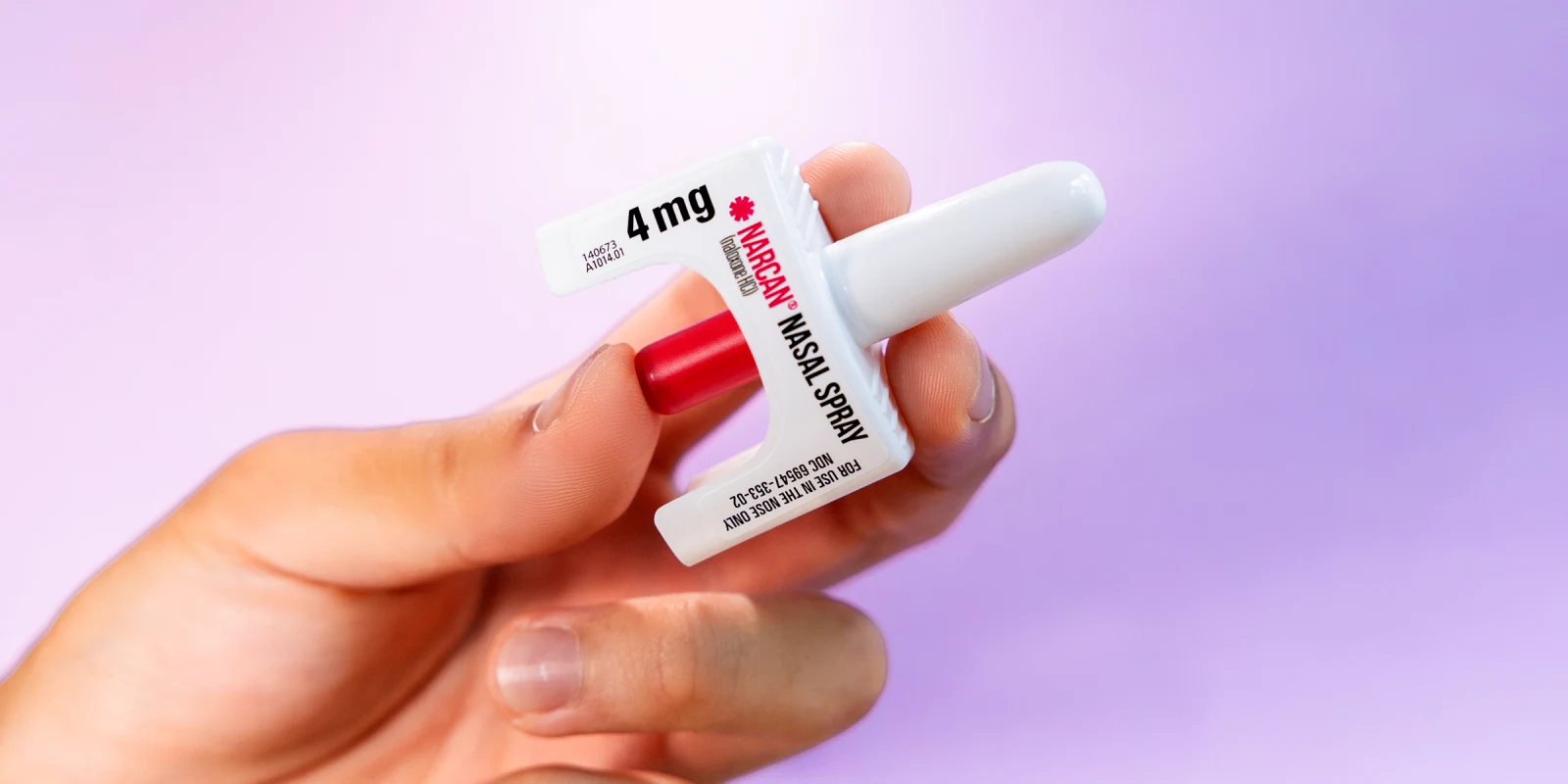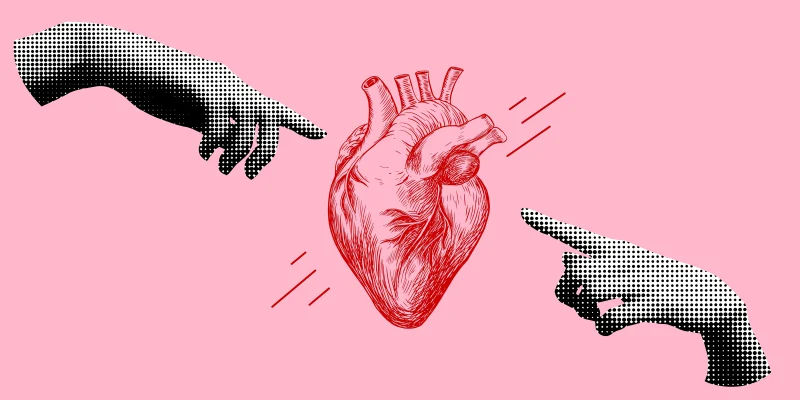When the Affordable Care Act passed in 2010, it expanded access to health insurance and preventative health care services for millions of Americans. Two of the most popular and most utilized aspects of the bill include extension of health care coverage to age 26 for dependents and complete coverage of 22 key preventative health care services without any copayment or deductible. The list of free preventative health treatments includes statin medications to prevent heart disease, aspirin to prevent stroke, and pre-exposure prophylaxis (PrEP) HIV prevention medication to reduce the spread of HIV. There are a few clinical requirements and prescriptions must be dispensed by an in-network clinician. Even so, these are major benefits that have the potential to substantially reduce morbidity and mortality and increase overall lifespan for millions of Americans.
That’s the good news. The bad news is that there are a few glaring omissions. Most notably, despite the fact that unintentional overdose is now the number one cause of death in 37 out of the 50 states for Americans under the age of 40, there are no free preventative services covered for addiction and substance use disorders. This is despite the fact that you are now more likely to die of an overdose than in a car crash. (The lifetime odds of an overdose are 1 in 96 compared with 1 in 103 for vehicular death.)
Recently, for the first time in many years, the CDC reported that life expectancy in the U.S. declined, due to an uptick in drug overdoses and suicides. Shouldn’t we cover some very basic preventative services for the number one cause of death in America? When car crashes were the number one cause of death in the 1960s, we mandated that the auto industry install seat belts. Subsequent deaths from car crashes dropped dramatically.
Similarly, in an ideal world, free preventative addiction health services would include complete coverage of naloxone (Narcan), fentanyl, and xylazine test strips, free safe use supplies, and medication assisted treatment. Having these services available without copays and deductibles would finally make addiction treatment truly accessible to those who need it most. It would also save countless lives each year.
But if bureaucracy, complexity, and lack of consensus building prevented the ideal — as they often do in Washington — and we could only pick the most meaningful of these services to add, my vote would go to free Narcan, fully covered by all payers, without any cost sharing to patients.
There is a very limited amount of free Narcan currently available at select state community health centers. However, this supply remains quite variable from state to state, and supply can vary day by day. After seeing patient after patient not fill their Narcan scripts due to cost, I visited three local community health centers in Virginia last year and requested free Narcan. At all three facilities, I was told they had run out and to come back “at some later date.” For the average person suffering from opioid use disorder, that “later date” might very well never come … due to lack of access to Narcan.
To truly reach the most people, we need readily accessible no-strings-attached Narcan. This means Narcan ready for pickup without any copay or deductible for patients with both commercial and Medicare/Medicaid funding. Disturbingly, the average copay for Narcan is going up, not down. According to a recent JAMA article, in 2021 the mean “cost sharing” or out of pocket payment required per Narcan claim increased by $15 for commercially insured patients and by $12.30 for Medicare patients. When this happened, the probability of not picking up the prescription increased by 4.7 percentage points and 2.8 percentage points, respectively. With this data, the authors predict that a decision by commercial and Medicare plans to increase naloxone cost sharing by $10 will result in a 2.3%-3.1% increase of patients not picking up the critical medication due to cost.
With an estimated 1.2 million doses of Narcan dispensed by retail pharmacies in 2021, this means that a $10 cost increase would result in a whopping 37,200 Americans not picking up the life saving medication due to cost. There are two Narcan dispensers included with each prescription, so double that number to 74,400. That’s 74,400 preventable deaths that will occur each year with current annual Narcan price increase rates — or the equivalent of 186 jumbo jet plane crashes each year. It makes me nauseous just thinking about it.
Narcan is but one of several essential preventative medications for substance use disorders that remain out of financial reach for many Americans. The rising prices of medication assisted treatments like buprenorphine/naloxone contribute to reduced access to prescribed buprenorphine/naloxone while fueling an unregulated and often tainted black market supply.
We have made some small positive steps toward increasing Narcan access. Many harm reduction-focused, state level grassroots coalitions like the Kentucky Harm Reduction Coalition strive to increase education about and access to free Narcan. Harm Reduction Therapeutics is a non-profit drug maker that recently released one of the least expensive over the counter generic naloxone products. The Remedy Alliance / For The People is an innovative grassroots drugmaker specifically focused on supplying at-cost generic naloxone for community distribution efforts.
While these are good strides, they do not begin to address the magnitude of the problem. Remember, the Federal Aviation Administration immediately grounded all 737 MAX jets after the 2018 crashes that killed 346 people. They then launched a comprehensive, nationwide investigation into Boeing that is still ongoing. That was two crashes. We are talking about the equivalent of 186 preventable plane crashes, each year.
To be fair, the FDA did not approve the first over the counter naloxone spray product until March 2023 — a full 13 years after the passage of the Affordable Care Act. First responders did not begin to routinely carry Narcan until just a few years ago.
But now, Narcan is the new seat belt. It is the new airplane oxygen mask. Its large scale, lifesaving potential is irrefutable. As a society, we can and should do better.
Access to the seat belts of addiction treatment should not be income-dependent. Our tax dollars spent here are indisputably worth every penny of the investment.
Dr. Lauren Grawert is a double board certified addiction psychiatrist. She received her medical degree from Medical University of South Carolina College of Medicine and has been in practice 15 years. She speaks multiple languages, including Spanish. She was Chief of Psychiatry at Kaiser Permanente of the Mid-Atlantic from 2018-2022. She is currently the Chief Medical Officer at Aware Recovery Care. She enjoys working with the media in her spare time to reduce stigma around mental illness and addiction. She has been interviewed by SAMHSA on co-occurring disorders and most recently published articles in Capital Psychiatry and Northern Virginia Magazine.
Image by Hansonl / Shutterstock







